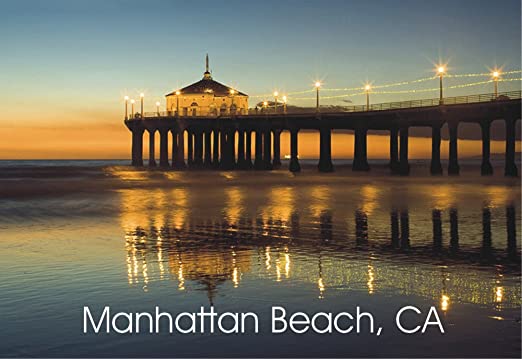*The City of Manhattan Beach, just twenty-two miles southwest of Los Angeles, is famous for its beautiful scenery, with beaches, parks, and other properties that offer breathtaking views of the Pacific Ocean.
Several years ago, GQ magazine called Manhattan Beach, home to one of the nation’s six best beaches.
While accolades, such as beautiful and stunning, are appropriate when describing the physical appearance of Manhattan Beach, there’s an ugly and not so stunning story about the city and its racist history.
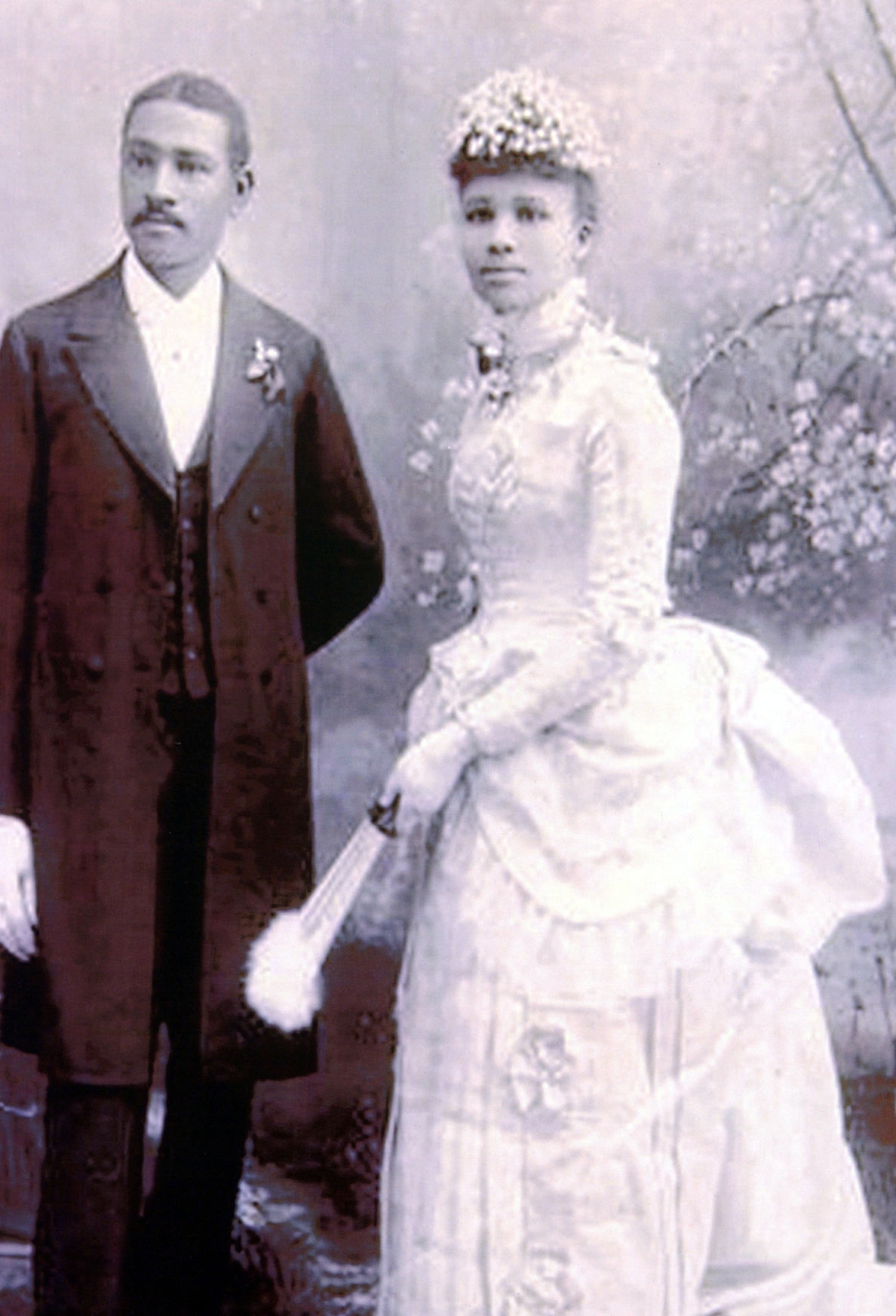
The racist story began in 1912, when Charles and Willa Bruce, both of whom were Black, purchased land in Manhattan Beach, located along Strand, between 26th and 27th Streets. The couple built an oceanfront facility that offered Black families dining, lodging, and dancing amenities, while enjoying a scenic place to relax with the Pacific Ocean serving as a regal background. The location of Charles’ and Willa’s property was called Bruce’s Beach.
Other Black families soon followed the Bruces to Manhattan Beach, where they also purchased land and built homes. This migration prompted the birth of a Black community, led by Charles and Willa, in the overwhelmingly white and well-to-do beach city.
“They were pioneers. They came to California, bought property, enjoyed the beach, and made money,” said Alison Rose Jefferson, a historian and author of the book ‘Living the California Dream: African American Leisure Sites during the Jim Crow Era.’ ” “They did what every other Californian was doing during that time.”
Even though Charles and Willa Bruce were living the California dream, it soon became the California nightmare, when unadulterated racism by white residents was displayed because they resented the entrepreneurial rise of the Bruces, as well as the growing Black community in Manhattan Beach.
CRAZY STORY/VIDEO: Fans Convinced Jason Derulo Knocked Out Will Smith’s Teeth While Playing Golf [WATCH]
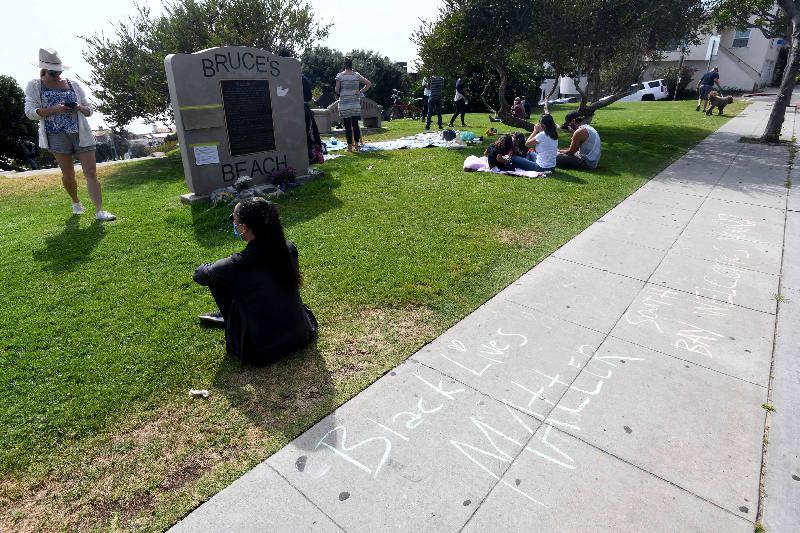
According to local historians, an array of tactics was used to discourage Black people from moving to the city and/or patronizing the café, lodge and dance hall owned and operated by Charles and Willa. There were reports that the Ku Klux Klan engaged in nefarious activities that included torching a Black-owned home in the city. City lawmakers also passed parking regulations that made it almost impossible for Blacks to park their cars anywhere near Charles’ and Willa’s establishment. This meant that people had to walk a half-mile or more from their cars to the venue.
When it was apparent that such tactics were not going to stop Black people from visiting or moving to the city’s Black beach-community, in 1924, city officials passed measures to condemn the neighborhood. And, under the guise of eminent domain, the city seized more than two dozen properties owned by Black families. The official reason given by city officials was there was an urgent need to build a public park.
The Bruces and several other African American families filed lawsuits, all citing blatant racism as the real reason their properties were taken. After a fierce legal battle, Charles and Willa received less than $14,500 for their property, while other Black families were compensated between $1,200 and $4,200 per lot.
Fearing that future legal battles with Black families would one day resurface, especially since the land seized was razed and left vacant for decades, the City of Manhattan Beach, in the 1950s, erected City Park. After a couple of name changes, in 2006 following an intense City Council voting battle, the park was renamed Bruce’s Beach.
MORE NEWS: Controversial Season 4 Episode of ‘Black-ish’ Was Banned for Years, Now Available on Hulu
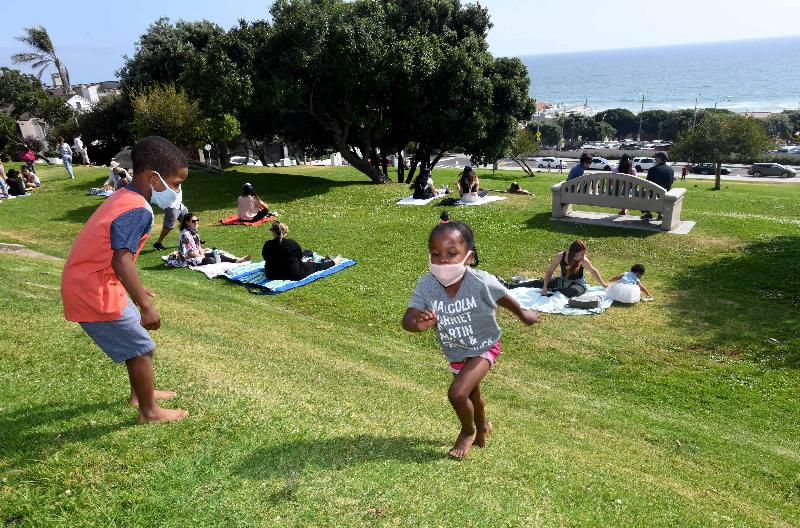
Today, Manhattan Beach has a population of 35,000 people, of which less than 300 are Black. Yet, many of the city’s African Americans are speaking out about Manhattan Beach’s racist past and have embraced Bruce’s Beach as a place to honor Black movements, people and events – past and present. The park’s atmosphere, in many ways, has become a microcosm of the current protests and empowering movements across America to right the wrongs of a nation’s indignities aimed at Black people.
“People are out there because they want to see justice too,” Anthony Bruce, a relative of Charles and Willa Bruce, told a Los Angeles Times writer. “This is our legacy, this beach. They know that what happened to Charles and Willa is still happening every day in different parts of the world.”
While renaming the park was a major step in the right direction, many residents of Manhattan Beach and other civil rights-minded individuals representing various ethnicities, believe the name change is not enough to atone for the travesty of taking Black families’ land under the bogus banner of eminent domain 95 years ago.
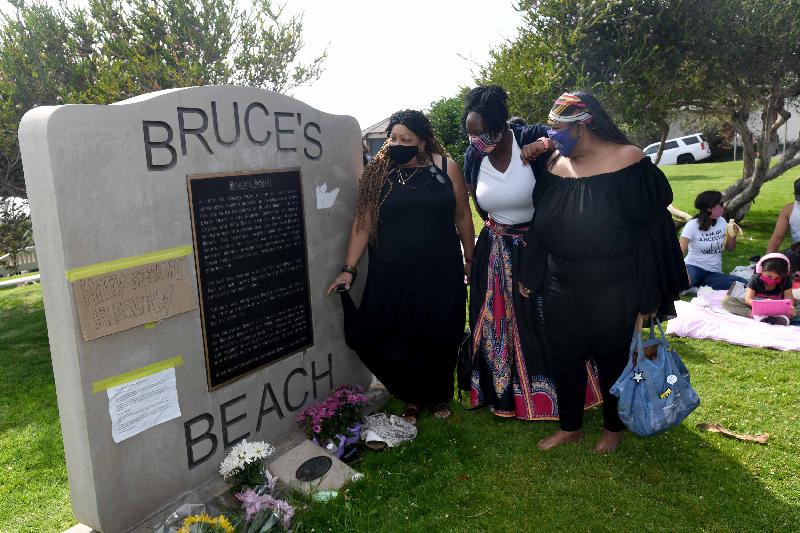
A petition is currently being circulated demanding the city of Manhattan Beach create a new and more descriptive plaque to be placed in Bruce’s Beach Park, describing the municipality’s past racist behavior against the Bruces and other Black families. In addition, the petition calls for the city to issue a public statement, provide monetary restitution for revenues lost by Black Manhattan families for 95 years, and return the land that was taken from the Bruce family and others. The petition has garnered almost 10,000 signatures.
“We all agree there were some things that happened in the past that we’re not proud of,” Manhattan Beach Mayor Richard Montgomery told a Los Angeles Times writer, while not directly addressing the monetary restitution described in the petition. “But the temperament and the people and the times have changed. We’re a different city today than we were 100 years ago.”
We Publish News 24/7. Don’t Miss A Story. Click HERE to SUBSCRIBE to Our Newsletter Now!
